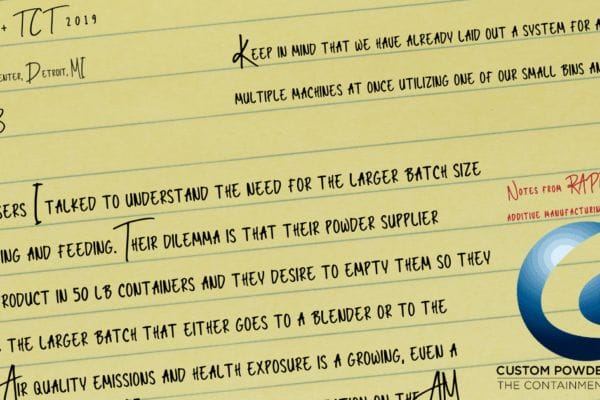You’re probably familiar with the Nobel Prize – one of the most iconic awards an individual can receive in science and humanities. But did you know that the award’s namesake, Alfred Nobel, invented dynamite? This explosive creation was one of his earliest and most notable inventions.
The accidental invention of dynamite begins with a quest to tame a highly volatile and explosive chemical and transform it into a controlled and practical tool for demolition projects. This journey of discovery not only revolutionized industries but also raised profound ethical questions about the dual nature of scientific inventions – their capacity to build and destroy.
Taming Volatile Chemicals
In the mid-19th century, Swedish chemist and engineer Alfred Nobel worked with nitroglycerin, a highly volatile and explosive liquid. He attempted to find a safe and manageable way to harness nitroglycerin’s explosive power for construction and mining purposes and control its detonation.
During this process, he created a detonator called a “blasting cap,” which contained mercury fulminate that would explode via heat or shock and activate the nitroglycerin. While his device was promising, the chemical was still highly unsafe to handle and transport.
Nobel’s breakthrough came in 1867 when he discovered, by chance, that by mixing nitroglycerin with an absorbent material like diatomaceous earth, he could create a much more stable and controllable explosive compound. This invention was the birth of dynamite.
An Explosive Invention
After Nobel’s first monumental creation, he was inspired to continue developing more useful explosive products. One significant invention was “gelignite,” a gelatinous explosive that was even more stable than dynamite and could be molded into various shapes, making it ideal for construction and mining. Another was ballistite, one of the first smokeless black powders, which served as a propellant and was the precursor to cordite.
While dynamite is no longer the primary explosive used in many applications, it still finds purpose in various fields. In mining, it is used for controlled blasts to break rock and extract valuable minerals and resources. In controlled building demolitions, it can bring down structures efficiently and safely. In construction, it can be used for excavating foundations, modifying landscapes, and opening tunnels for transportation.
The Legacy of Dynamite and Alfred Nobel
The invention of dynamite forever changed construction, mining, and demolition fields, making large-scale projects more feasible and efficient. However, its history is also marked by its destructive potential, often associated with warfare and terrorism due to the devastating effects it can cause for humans and the earth.
Alfred Nobel, the inventor of dynamite, was deeply affected by its dual nature – useful for both practical and destructive purposes. In his later years, he established the Nobel Prizes, using his fortune to recognize and reward contributions to humanity in physics, chemistry, medicine, literature, and peace. This was his attempt to leave a legacy that transcended the destructive power of his most famous invention.
While its usage has evolved over the years, the history of dynamite serves as a powerful symbol of the potential consequences, both positive and negative, of scientific discovery. No matter how useful an invention may be, it is important to remember that great responsibility comes with great power (and knowledge).
If you enjoyed this accidental invention story, you might also enjoy the ones about implantable pacemakers, super glue, and x-ray machines.
To hear more about the art of engineering, sign up for our newsletter.







